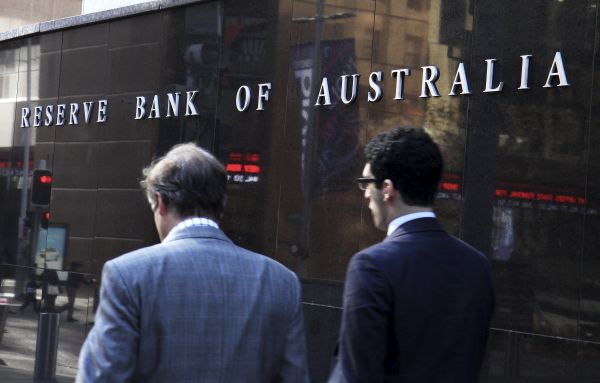What is Capital Gains Tax?
In simple terms, a capital gains tax (CGT) is the tax paid on the profit made from buying and selling an asset, such as property or shares. Capital gains tax is only paid when the asset is sold.
How Much is capital gains Tax in Australia?
Capital gains tax varies depending on how long you’ve held an asset before selling it.
The 2019 capital gains tax rates are:
- Long-term capital gains tax: these rates apply to profits made from the sale of assets held for more than a year and can be 0%, 15% or 20% depending on your taxable income and filing status. They are generally lower than short-term capital gains tax rates.
- Short-term capital gains tax: these rates apply to profits made from the sale of assets held for less than a year and correspond to ordinary income tax brackets (10%, 12%, 22%, 24%, 32%, 35% or 37%).
You can use our online capital gains tax calculator to get an indication of the capital gains tax you would have to pay based on your individual circumstances.
Companies Vs individuals
Capital gains tax rates in Australia are different for companies and individuals. Companies are not entitled to any capital gains tax discount and will pay 30% on any net capital gains.
How is CGT calculated?
CGT can be a little tricky to calculate, which is why it is important to have a good accountant on your side.
In most cases, your capital gain is the difference between your capital proceeds and the cost base of your CGT asset. The cost base of a CGT asset is largely what you paid for it, together with costs associated with acquiring, holding and disposing of it.
This includes stamp duty, broker fees, borrowing expenses (loan application fees), legal expenses, auctioneer’s fees and capital improvement outlays.
Being organised is key when trying to calculate and pay capital gains tax. It is important to keep records of:
- Initial sale contracts
- Receipts for other expenses relating to the purchase of the property
- Interest paid on related borrowings
- Receipts for ongoing expenses
- Expense records
- Valuations
There are different options to calculate your CGT
You can choose the method that gives you the smallest capital gain, as long as you satisfy certain conditions.
CGT discount method
This method can be used for assets held for 12 months or more before the relevant CGT event. It allows you to reduce the capital gain by 50 per cent for individuals (including partners in partnerships) and trusts.
Indexation method
You can choose this method for assets that you have held for more than 12 months and you have acquired before 21 September 1999. This is an alternative option to the CGT discount and applies a multiplier to account for inflation on the cost base of your asset (up to September 1999).

Capital loss
If you’ve made a capital loss, you can deduct it from the capital gains you’ve made from other sources to reduce the amount of tax that you need to pay. If you don’t have additional capital gains during that income year, you can carry over any capital losses to future income years.
Using a Self-Managed Super Fund to avoid Capital Gains Tax
The unique ownership structure of SMSFs provides a number of taxation benefits.
For example, if the fund holds a property for longer than 12 months, the SMSF receives a discount on any capital gain it makes upon sale, bringing capital gains tax to a maximum of 10 per cent.
If you sell the property once you’ve retired, you will pay no capital gains on the property. There’s also a 33 per cent discount available under the CGT discount method calculation.
Are you a property investor looking to sell an asset?
If you are a property investor, you will only pay capital gains tax on property that has been sold. CGT is only payable in the financial year in which you sell or dispose of your rental property.
As such, if you have bought a property as part of a long-term wealth creation strategy, you won’t have to worry about capital gains tax on your property for years to come.
If the rental property was acquired before 1985, then no CGT is payable. Major improvements to a property since that time may be subject to CGT.
You can use our online capital gains tax calculator to get an indication of the CGT you would be liable to pay upon the sale of your property.
Are you an investor looking for a new opportunity? Simply answer a few questions and Property Market Investor can help you get matched with personalised investment properties.

